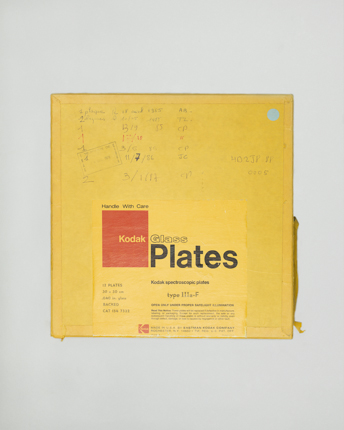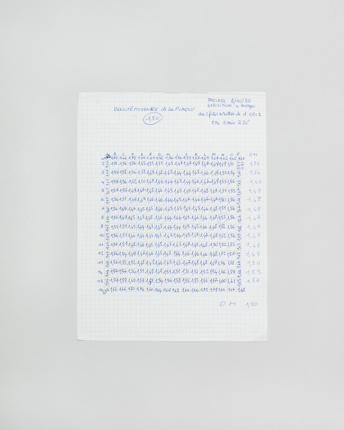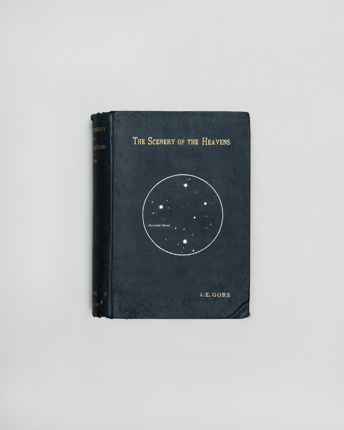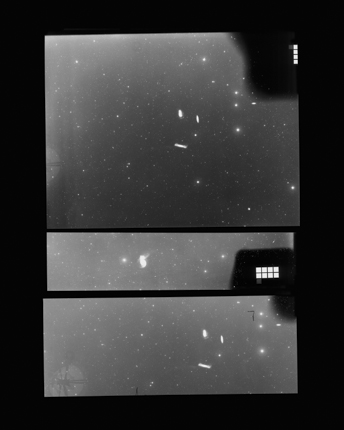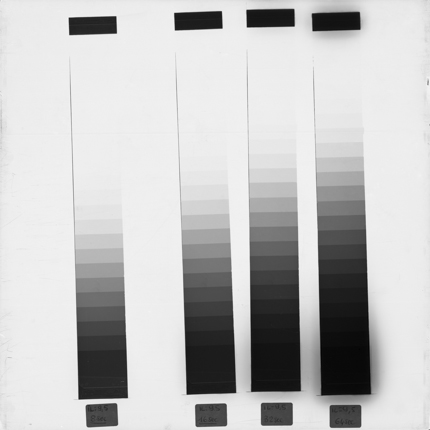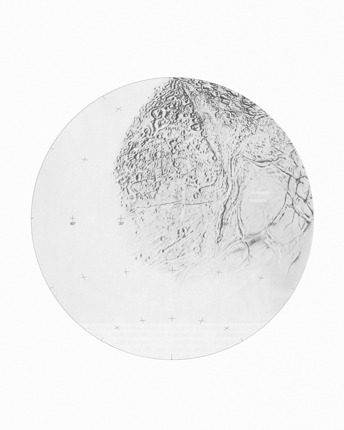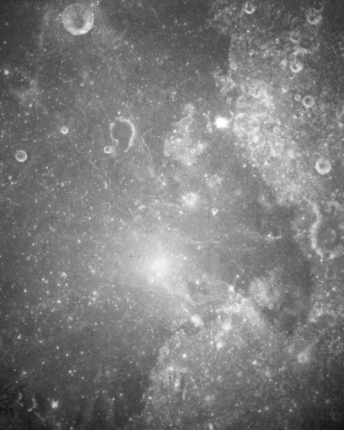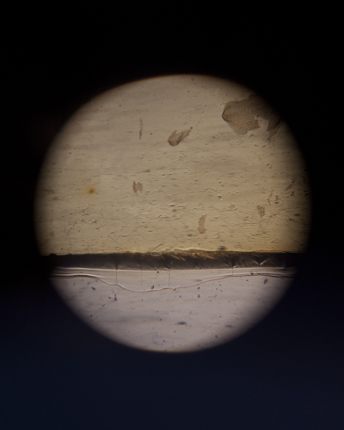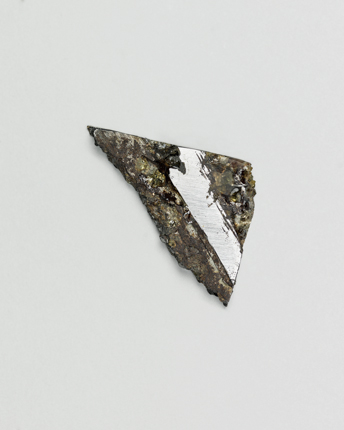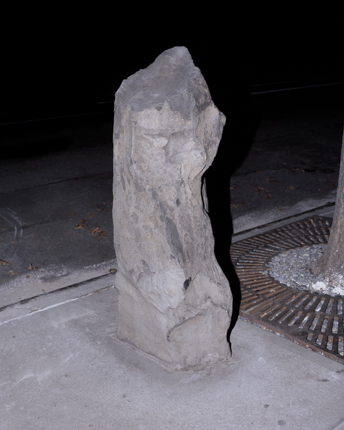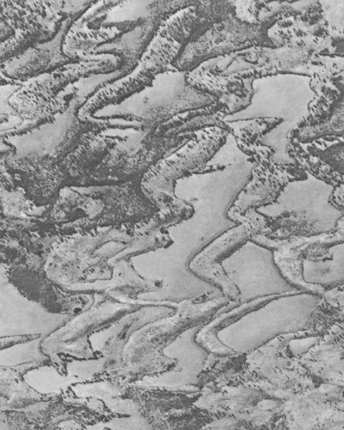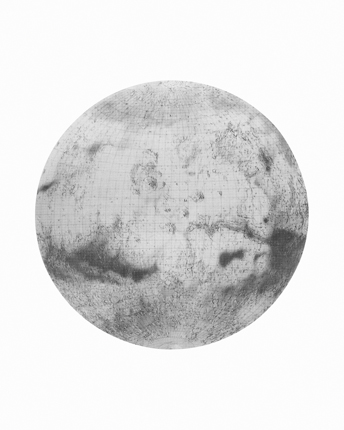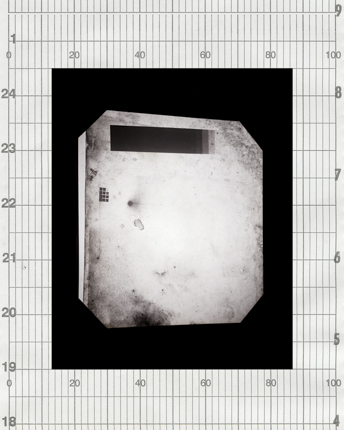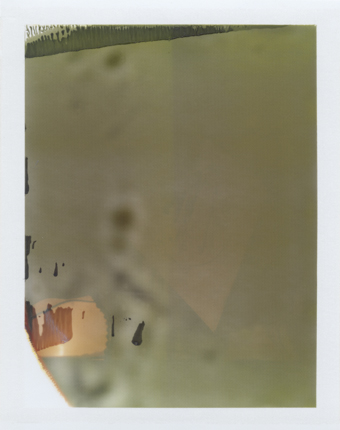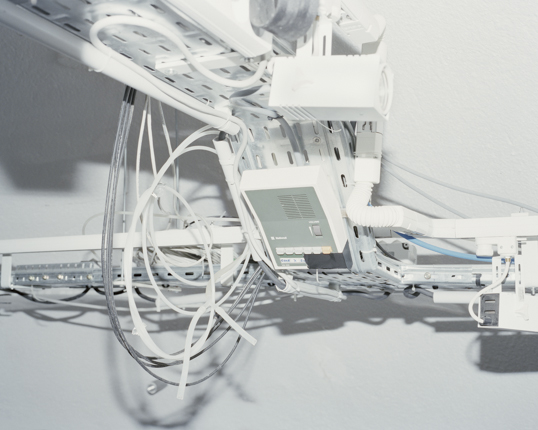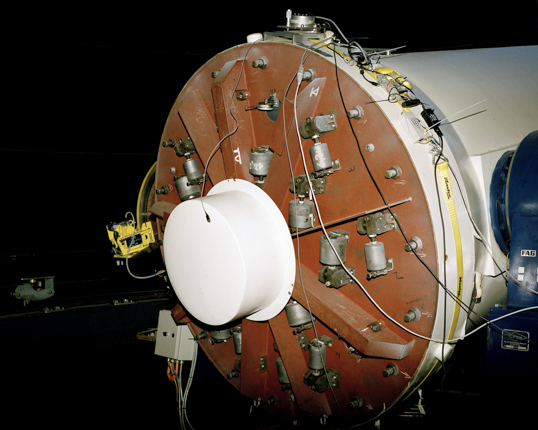The imaginary cosmos in Big Sky Hunting
Notes on the limits of vision
by Carlo Sala
It must have been an instinctive reaction for an inquisitive soul such as inventor Samuel Morse to choose to portray the sky when he took the oldest known photograph of the moon at the dawn of photography in 1839. In following years, the observation of astronomical objects in locations that were favorable to viewing rare and spectacular phenomenon in our celestial sphere, such as eclipses, notably increased. Of those experiences, we have inherited peculiar accounts poised between the adventure novel and scientific discourse. What united the efforts of all the pioneers in the medium of photography was an unfailing belief in the infallibility of mimesis, understood as a tool to access new forms of knowledge. The last few decades have seen the perfection of similar celestial representations – including visual mapping generated by [1] impulse technology detection systems – that has in part done away with the sense of mystery that envelops things we cannot wholly understand.
The Big Sky Hunting cycle by Alberto Sinigaglia, on the contrary, goes against this reassuring subordination to reality. It challenges us to reconsider our definition of the concept of vision and our enduring attempts to overcome its intrinsic limits. The works narrate the cosmos through pretense, contradictions and reinterpretation, creating an imaginary idea where the observer goes beyond a purely “retinal” dimension of scrutiny. Therefore, the visual story enacted by the author lacks a predetermined expressive motif, combining shots of reality and existing images that he has appropriated, as well as objects with emblematic value that appear as readymades portrayed through photography. As a consequence, the distinction between reality and fiction looses significance in this investigative terrain, and instead opens the door to osmotic elements lined along a single path that lead to hybridization.
The starting point of the series begins with several photographs taken by Sinigaglia at the OCA Observatory on the Plateau de Calern in France: the research station’s interiors are immersed in extremely violent light, increasing its theatrical effect. Intensified shadows and enveloping black evoke the unknown. Images of heterogeneous nature alternate: landscape-esque shots, historical maps and objects that in appearance trigger relationships to ancient books and notebooks that harbor hypothetical record-keeping unbeknownst to us. A series of imperfect spectrographic plates and lacerated film underline the deceptive nature of images that are incapable of fulfilling their original function as documentary media. Hence, we violate the boundaries of “error” described by Clément Chéroux when he states that “common belief equates a photographic mistake to an alteration of the mimetic power of the medium”, thereby revealing an alleged crisis of representation within the definition of photography because “when photography looses its mimetic nature, it is no longer photography. The less mimetic a photograph, the more it fails”1. Contrary to this practical concept of the medium addressed by the French historian, Sinigaglia maintains that emphasizing the dysfunctional qualities of photography is an indispensable vehicle to broadening our perspective and to searching for territories that go beyond a description of what is tangible. The use of damaged or unusable photographic material both confirms and surpasses the limits of a description that is bound to reality: by moving our senses to an imaginary cosmos, we approach feelings of the sublime capable of evoking scenarios bordering on indescribable. Other images begin with a concrete dimension along the spectrum and alter how we read an image: a pear-shaped pine processionary caterpillar nest and rocks sprouting on the street of New York become pure, visual pretext that transform into abstractions, like metaphysical extraterrestrial creatures. These perceptual contortions are the true recurring theme in Big Sky Hunting. The real objective to be pursued is intangible, elusive or made up of connections that reject the traditional limits which imprison our vision.
11 Clément Chéroux, L’errore fotografico. Una breve storia [ A Brief History of Photographic Mistakes] (Torino: Einaudi, 2009) 136.


